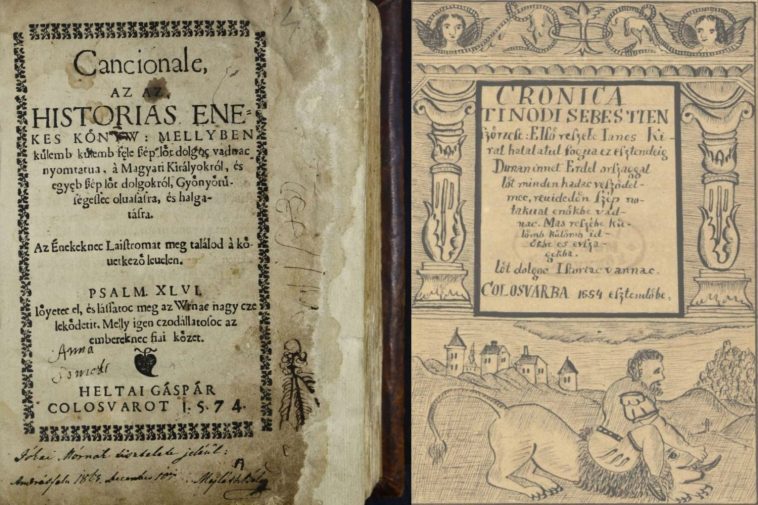Meteorology has never been as precise as it is today—but how can scientists learn about past weather events? In addition to environmental evidence such as ice cores and sediments, historical records provide unique insights into forgotten climate events and how they shaped society, as new research attests.
Researchers in Romania have analyzed historical records to reconstruct 16th-century weather patterns and their effects on society in Transylvania. The texts—known as “society’s archive”—included official documents as well as personal writings like chronicles and diaries. As detailed in a study published today in Frontiers in Climate, the 16th-century documents paint a bleak picture of extreme weather events and their consequences prior to the onset of the infamous Little Ice Age.
“We show that the climate was marked by significant variability, including prolonged periods of drought, heatwaves, and episodes of intense rainfall and flooding,” Tudor Caciora of the University of Oradea in Romania, who participated in the study, said in a Frontiers statement. “The study illustrates the complex interplay between heat waves, droughts, floods, and their cascading impacts on agriculture, public health, and societal stability, emphasizing the significant role of climate in shaping human history.”
The historical sources report that the first half of the sixteenth century was unusually hot and dry in Transylvania.
“One compelling passage comes from a historical document describing the summer of 1540,” Caciora explained. “‘The springs dried up, and the rivers dwindled to mere trickles. Livestock fell in the fields, and the air was thick with despair as the people gathered in processions, praying for rain,’” he quoted the document. “This vivid account underscores the emotional and spiritual dimensions of living through climatic extremes.”
In comparison, frequent rainfall in the second half of the century brought about many floods, especially in the 1590s. The researchers noted that these intense meteorological swings were frequently followed, either directly or indirectly, by disasters, including 30 years of plague, 23 years of famine, and nine years of locust invasions.
“Towns might have adopted flood-resistant infrastructure or migrated to more favorable areas,” said Caciora, emphasizing how the extreme climate events may have impacted Transylvanian communities. “The challenges might also have spurred technological innovations, such as improved irrigation systems or storage facilities.”
Overall, however, the documents testified to more frequent hot weather than cold weather throughout the 16th century. This was despite the infamous “Little Ice Age,” a global cooling period that intensified around 1560 and caused the average annual temperatures in the Northern Hemisphere to drop by 1.1 degrees Fahrenheit (0.6 degrees Celsius).
“This makes us believe that the Little Ice Age could have manifested itself later in this part of Europe,” added Caciora. His team’s hypothesis of the delayed cooling period is bolstered by later testimonies of decreasing temperatures.
The researchers did, however, note some limitations to their approach. For example, because of a lack of records and occasional conflicting testimonies, they were unable to reconstruct meteorological patterns for 15 years of the studied century. They also highlighted that the historical texts soley represent the literate population of 16th-century Transylvania, which was a minority. Furthermore, first-hand reports only testify to local experiences and could be subjective to the author.
Nevertheless, “studying climate records from the society’s archive is as crucial as analyzing natural proxies,” Caciora concluded. In meteorology, natural proxies are elements that can be used to reconstruct past weather phenomena when direct measurements are not available. “It provides a human-centric perspective on past climatic events.”
Studying how past climate events impacted human history could also provide insight into how future weather phenomenons might shape future communities.





GIPHY App Key not set. Please check settings